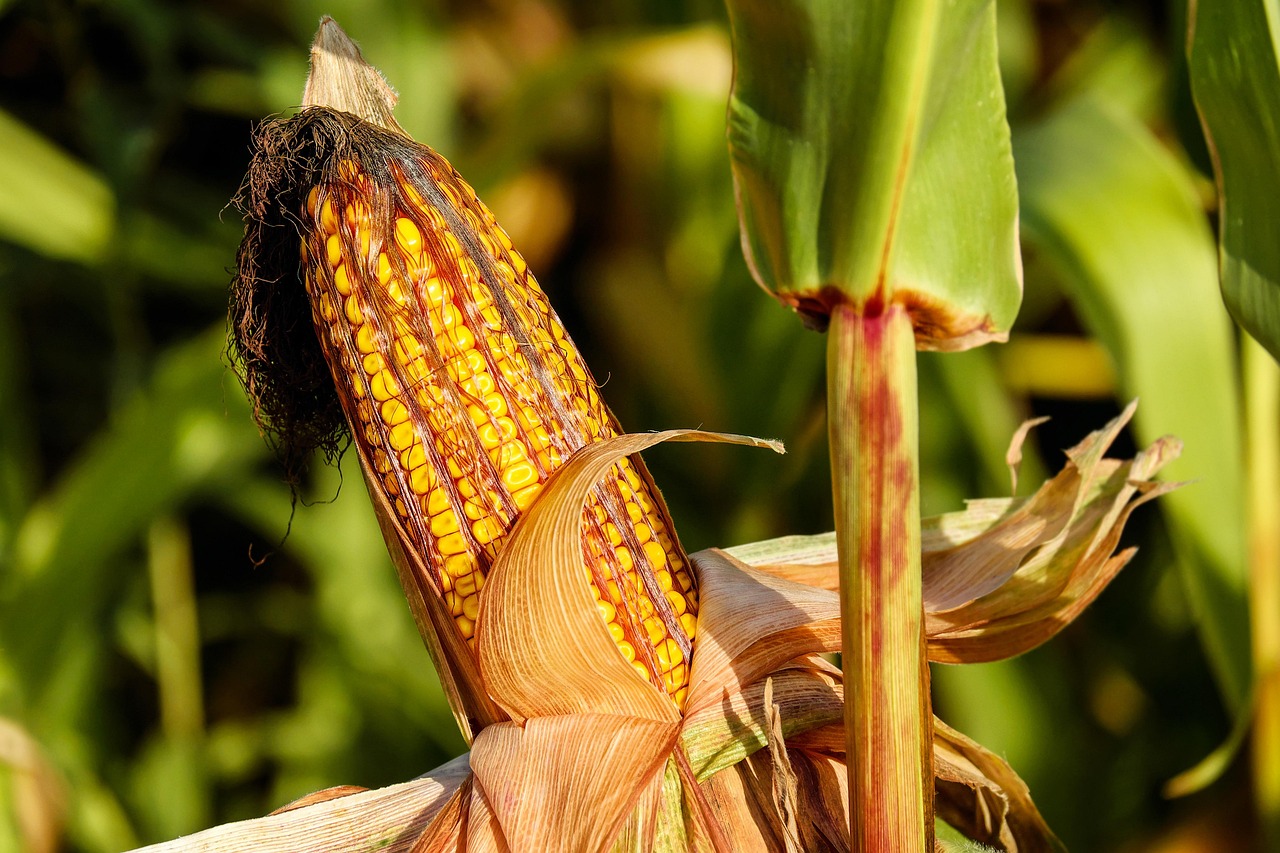A census of wildlife in Kenya has shown that several species number only a few hundred individuals, some even as few as a few dozen specimens. A significant culprit is a human factor, which the government is trying to address.
Critically Endangered Species in Kenya
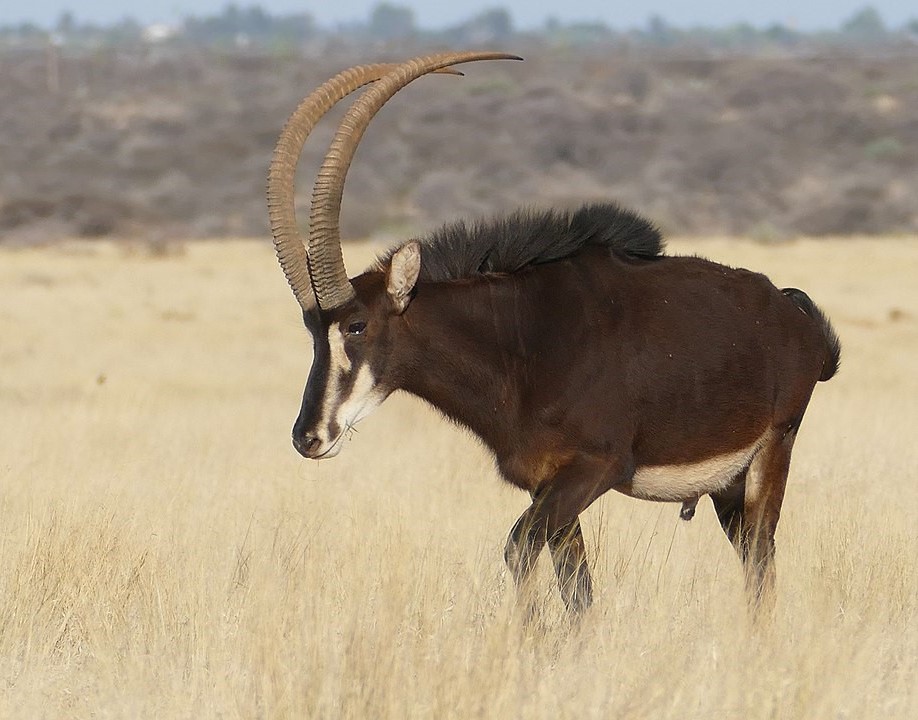
The first wildlife census in Kenya has provided alarming results for some local species. It showed that 5 species are critically endangered, with another 9 endangered. Critically endangered species face extinction within ten years or three generations, with a 50% probability, according to the International Union for Conservation of Nature (IUCN).
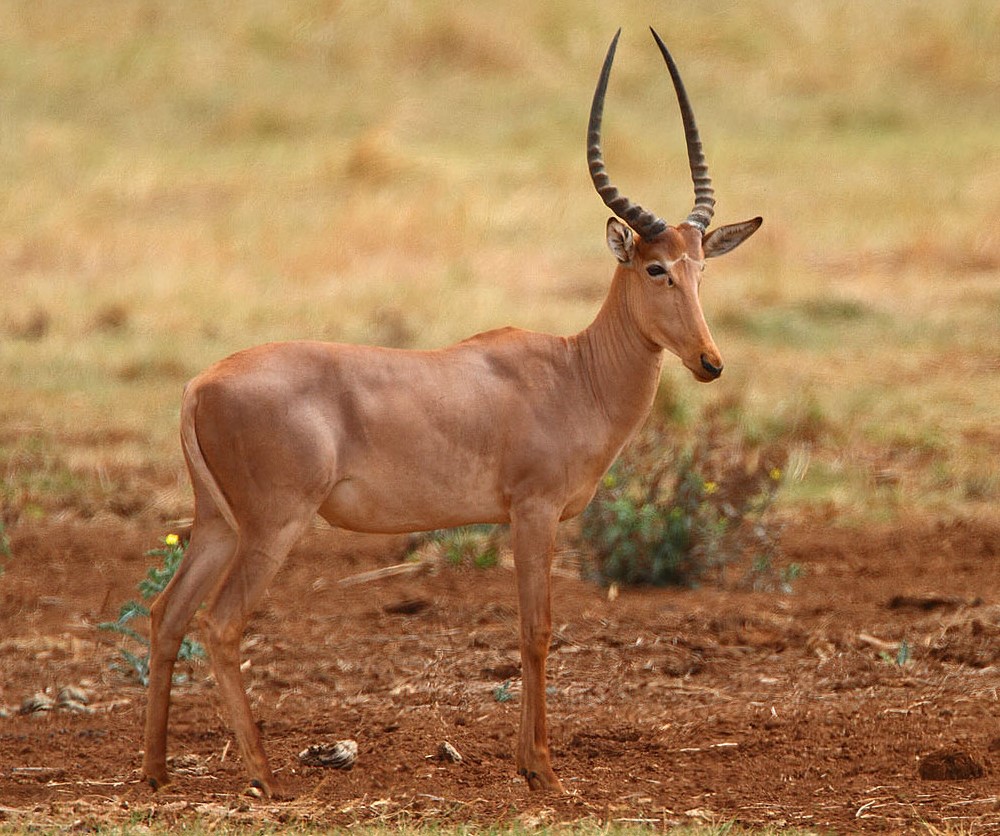
During the three-month census held in Kenya from June to August this year, the Roan Antelope took its top spot with just 15 specimens. It is followed by the Sable Antelope with 51 individuals. They also counted 497 specimens of Hirola, 897 specimens of iconic Black Rhino, and 1650 specimens of Tana River Mangabey. Kenya is thus slowly losing its rich biodiversity.
Animals at Risk
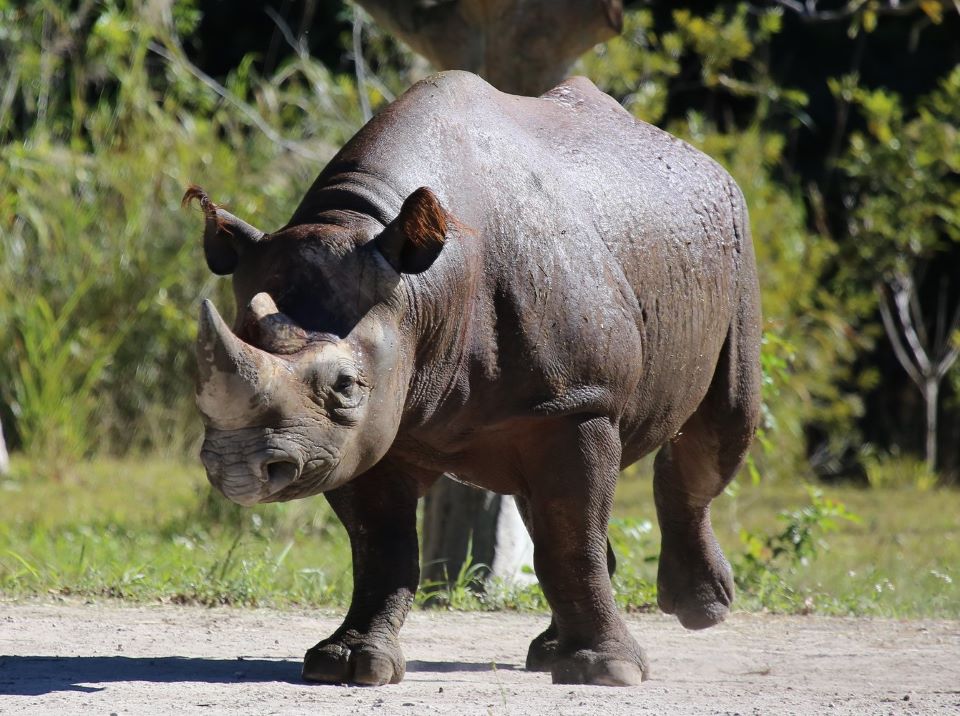
Kenya’s wildlife faces many threats. From climate change to forest fires that cause loss of natural habitats. Population growth with associated urbanization and expanding infrastructure pose the same problem. Poaching is a major contributor to the decline of animals.
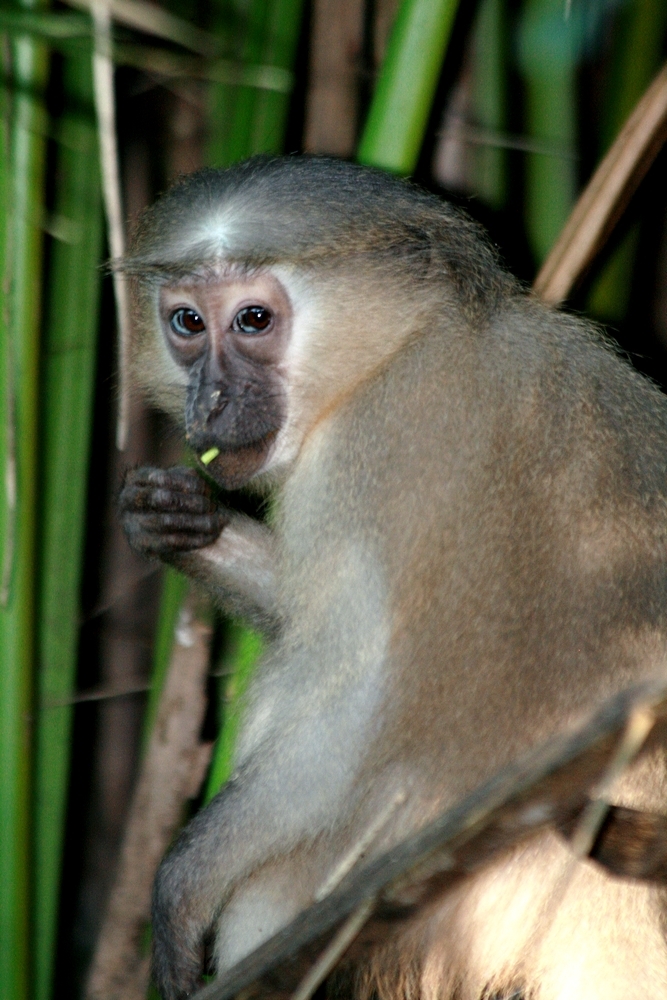
The first-ever wildlife census will provide the country with information “that will guide the future conservation and management of our wildlife resources in a manner that minimizes human-wildlife conflict,” H.E Uhuru Kenyatta, CGH President of the Republic of Kenya and Commander-In-Chief of the Defence Forces, said in a press release.
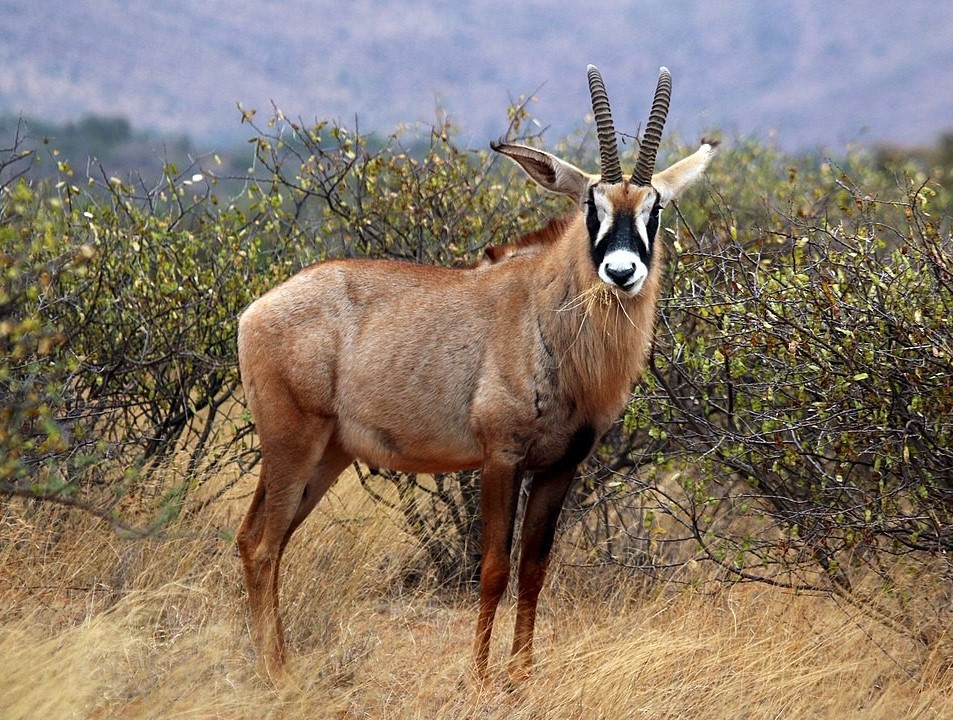
Another 9 animals were classified as endangered: elephant, lion, cheetah, white rhino, bongo, Grevy’s zebra, wild dog, Nubian giraffe, and sitatunga. Unless living conditions change, these species may also eventually be classified as critically endangered.
Source and credit: https://www.lifegate.com/kenya-wildlife-census-findings,https://www.pxfuel.com/en/free-photo-qvaae,



